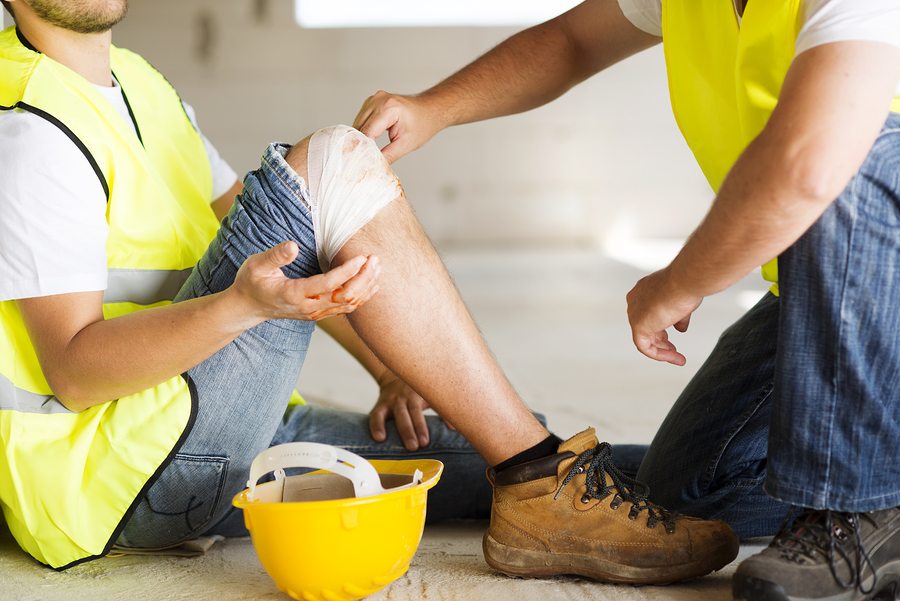
Learning first aid is something touted by everyone from safety experts to nurses and doctors as being of the utmost importance. Many of us say we will do it later or wonder how important it could really be to learn something as seemingly simple as first aid. However, knowing how to properly administer first aid to an injured individual can decrease the severity of their injuries and even potentially save their life.
A small cut, burn, bump to the head, or other minor injury may seem like a trivial event, but even the most minor injury can turn into a serious medical problem without the appropriate first aid measures. For example, a small cut can become infected, fester, and become very painful unless properly attended. Such injuries can even cause the person to miss work, which causes both employer and employee to lose valuable money and time.
Although usually done with the best intentions, individuals that haven’t received first aid training often make multiple mistakes as they try to help someone with an injury. Such mistakes can make the injury worse or even have deadly consequences for the injured person.
Let’s look at some of the most commonly offered bad advice and mistakes made by those untrained to deliver first aid:
1. Tilt your head back to stop your nose bleed.
A person with a bleeding nose should never lean or tilt their head back, as this can cause the blood to run into their throat and potentially cause them to choke on their own blood. Instead, the person should take a seated position, lean forward, and pinch their nose just underneath the sides of the nasal bone. This position should be held for five to ten minutes. The person shouldn’t blow or pick at their nose and they shouldn’t bend over for several hours after the nose bleed subsides. Nosebleeds that continue over 20 minutes require medical attention.
2. Failing to act quickly in emergency situations.
This is by far one of the most common first aid mistakes people make. Your response time to a co-worker suffering a laceration over an artery could mean the difference between him bleeding to death in a matter of minutes and having a story to tell his family about his co-worker saving his life.
You should act quickly and calmly to elevate the area above the person’s heart (if possible) and apply direct pressure over the wound. Keep in mind that even injuries not of such direness should have a speedy reaction. For example, an untreated minor scratch on a piece of rusty metal can cause some serious complications, such as tetanus or sepsis. You should wash minor scratches, scrapes, and cuts with either clean running water or an antiseptic solution, apply an antibiotic ointment, and cover the area with a sterile gauze dressing.
3. Move that badly injured person to safety.
Unless an injured person is in an immediate and severely life threatening situation, they should never be moved. And, severely life threatening means circumstances like being moments from being burned alive within their wrecked car. Otherwise, you should immediately dial 911 and wait for the paramedics to arrive.
4. Put ice/butter on your burn.
Neither of these are appropriate treatments for a skin burn. Ice can cause the skin to get frostbitten, which only exacerbates burn damage. Butter can actually prevent the skin from healing as it should. It’s also worth mentioning that blisters from a burn should never be popped, as this increases the chances of the area becoming infected. Ointments should also be avoided initially because they can hold in heat. Instead, minor burns should be washed under cool water for about ten minutes and then have a sterile gauze bandage applied over it.
As you can see, the proper first aid training is essential to knowing what to do when injuries occur. It’s too late to get the training after an injury occurs; sign up for a first aid course before it’s needed. Do make sure that the first aid course you sign up for has a qualified instructor.


